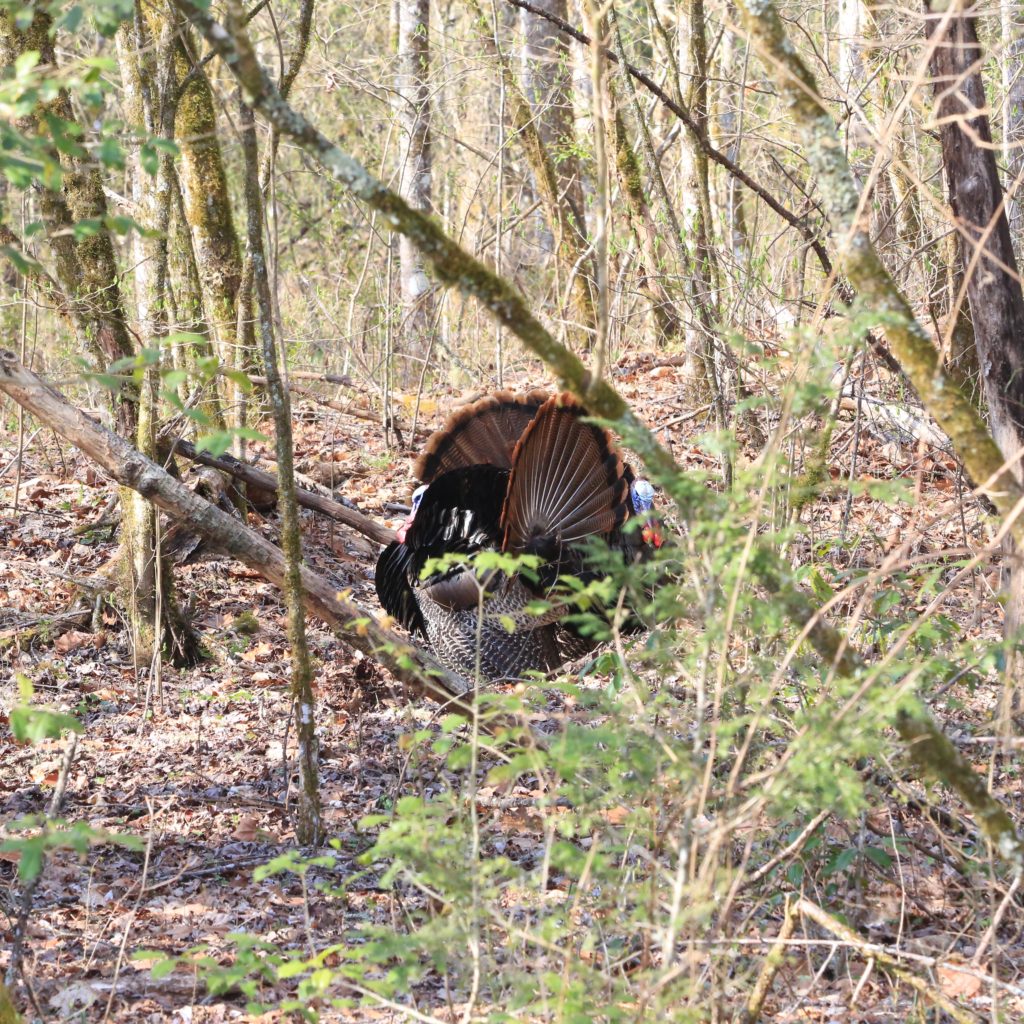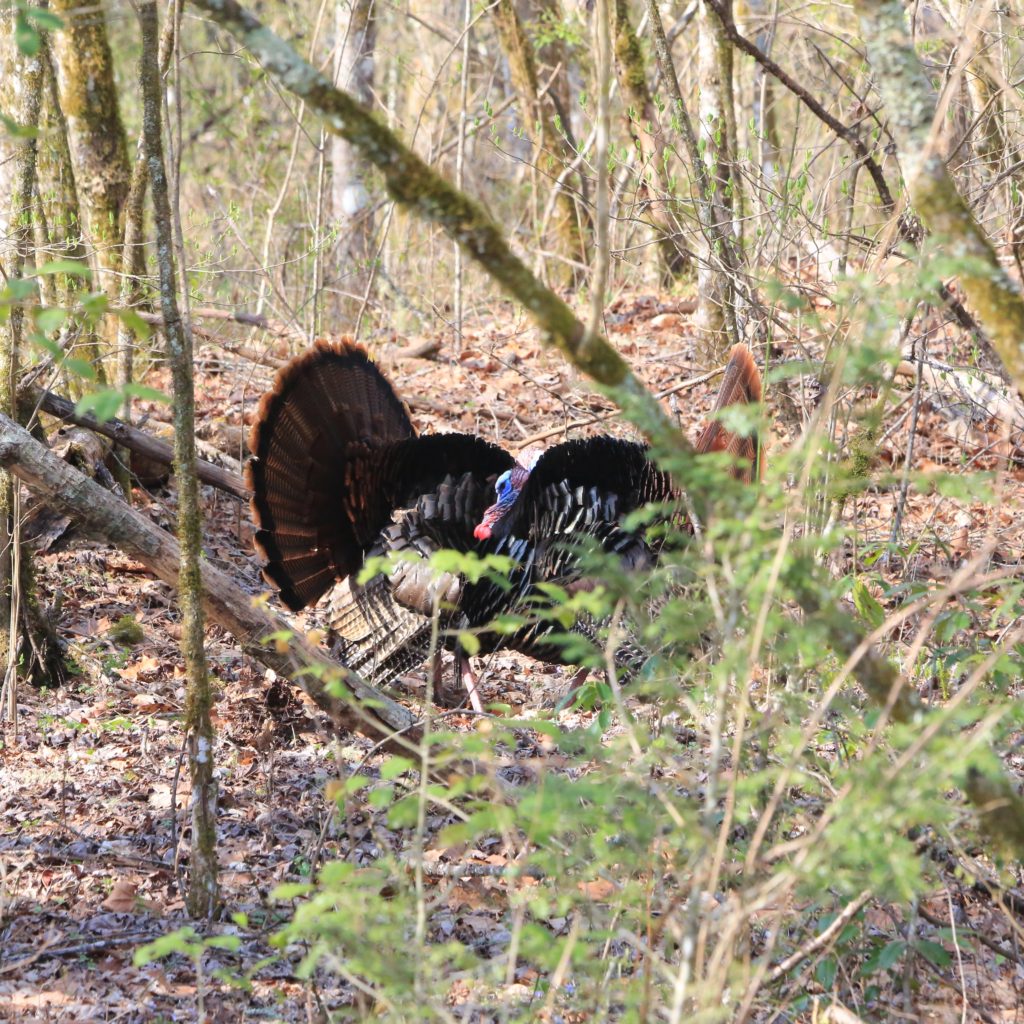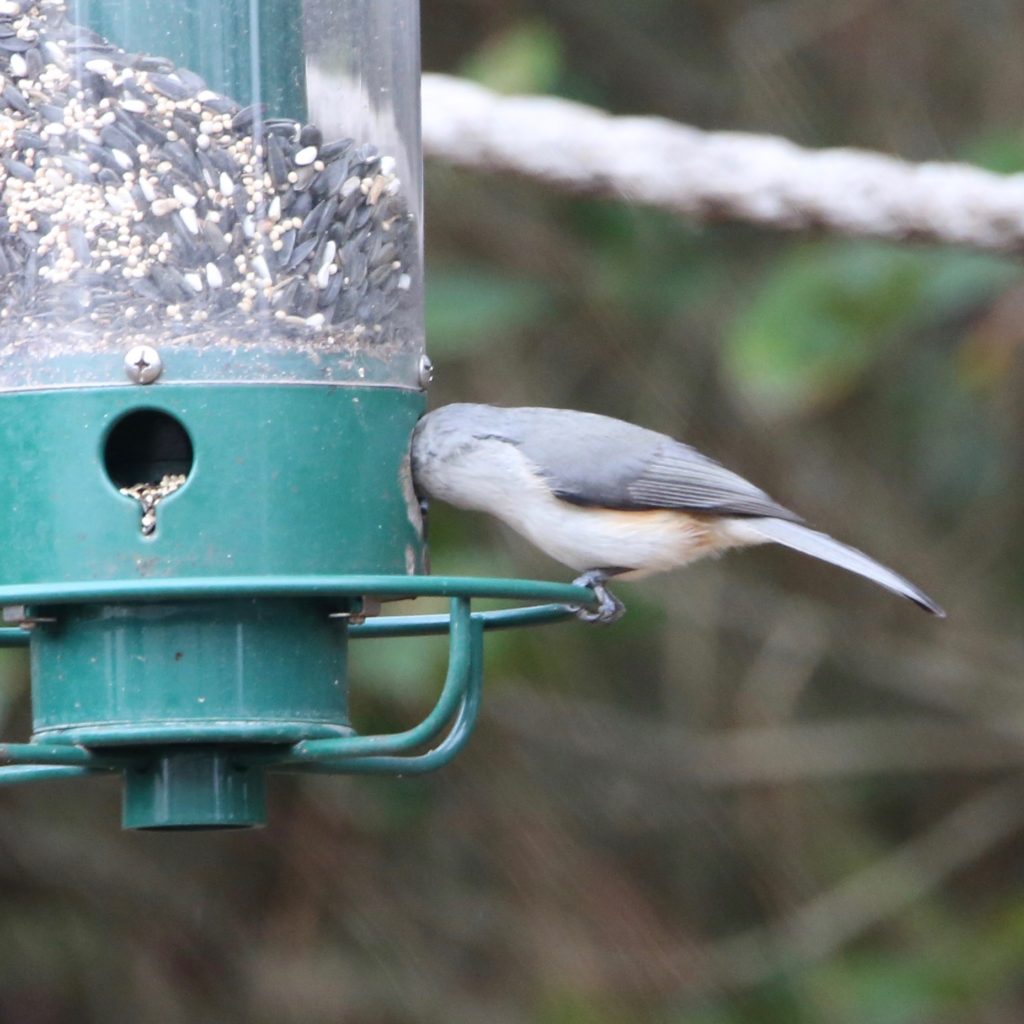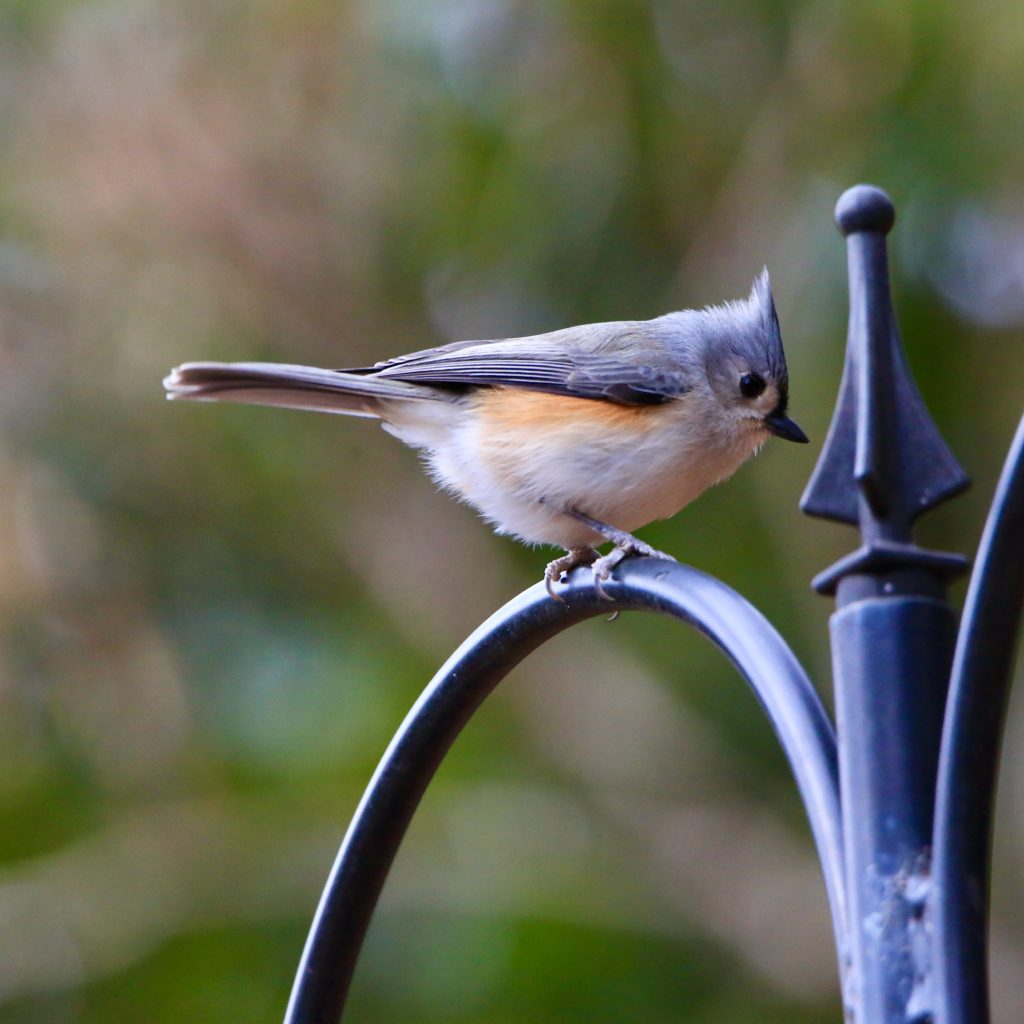
Bird Watching at Shenandoah National Park
Share
The state of Virginia has a massive part of its Blue Ridge Mountains covered under the Shenandoah National Park. The 199,173 acres are long, but the roads are pretty narrow. The broad valley and the Shenandoah river fall west of the park, while the Virginia Piedmont rolling hills are on its east side. The park encompasses about eight counties. These are Warren, Page, Rockingham, Augusta, Madison, Greene, Albemarle, and Rappahannock.
Major Attractions at Shenandoah National Park
One of the best things about parks like the Shenandoah National Park is the scenic driving roads. This park has a 105-mile road, which you can enjoy while driving and taking detours for hiking. It also hosts the beautiful Dark Hollow falls. To reach the falls, you have to pass a cemetery site of the people who once lived in the mountains long before the park was established.
We can not forget the Old Rag Mountain Hike either, and the boulders you see today resulted from a large mountain's erosion. The Limberlost trail would provide education on ancient lava that woke up again from deep within the earth while you birdwatch on the way. The Appalachian Trail has secluded woods, waterfalls, and huge peaks on the way. So, a place with as much diversity you could hope for. If you are looking for a visitor center to understand the entire national park better, while entering from the north side, you will see the Dickey Ridge visitor center.
GET KIDS BIRD WATCHING
Bird Watching at Shenandoah National Park
The state of Virginia has observed 493 species of birds to date. About 190 species can be found in Shenandoah National Park, both permanent residents and migrants included. Nearly half of them are known to use the park as a breeding ground. The warbler species has 18 of them engaging in nesting. Species like Barred Owls, Wild Turkeys, Tufted Titmouse are all part of the 30 species residents all year.
Since the park is located somewhere between the forest and the mountain ridge, this place works as a wonderful living place for migratory birds. They can rest between travel or nest here. In addition, areas like the Big Meadows have bird species not present anywhere else in Shenandoah Park.
As soon as you step inside the park, you are bound to find bird species twittering about. Still, specific hiking grounds would show you a richer mix. You should keep your eyes on the treetop and place more attention to the water sources. The most recommended hiking grounds would be the Stony Man trail, Fox Hollow trail, and South river falls.
10 Birds to See at Shenandoah National Park
Barred Owl
Barred Owls are brown and white striped with brown eyes. They live throughout the southeast U.S. Their population has recently increased after a decline. Their habitat is in wooded swamps and woodlands. These birds make the traditional "hoot" sound and are most active at night. They eat small mammals, flying squirrels, rabbits, and opossums. Barred Owls lay 2 to 3 eggs in the hollow part of a tree. Barred Owls do not migrate.
Wild Turkey
Wild Turkeys are large birds with long legs and small heads. You can find them throughout North America. Their population at one time was in great decline, but has recovered and is not at risk of endangerment. They usually live in mature forests, along roads, or in wooded backyards. They travel in flocks and roam the ground looking for nuts, insects, and berries. Wild Turkeys usually look for food in the early morning hours. They lay 10 to 15 eggs and make their nests on the ground at the base of trees. They are not migratory birds.
Tufted Titmouse
The Tufted Titmouse is a small gray bird with big black eyes and a bushy crest that looks like a mohawk. They live in the southeastern United States. The population of the Tufted Titmouse is increasing. They make their homes in groves and near woodlands. The Tufted Titmouse has an echoing voice. They nest in natural holes and cavities usually left by Woodpeckers. Tufted Titmice use human hair, woodchucks, dogs, and other live animals to put in their nests. They lay 5 to 6 eggs. The Tufted Titmouse is not a migratory bird.
Belted Kingfisher
Belted Kingfishers have large heads with thick, pointed bills. They are blue-gray with white on their wings and tails. They are common across North America. Belted Kingfishers are not endangered, but their numbers have decreased recently. They live near shores and streams. Belted Kingfishers dive to catch fish and crayfish to eat. They will cough up pellets of indigestible parts, like bones and scales. They lay 6 to 7 eggs and make their nests in the ground as long tunnels. Migration is not common, but some Belted Kingfishers migrate south along rivers.




















































































